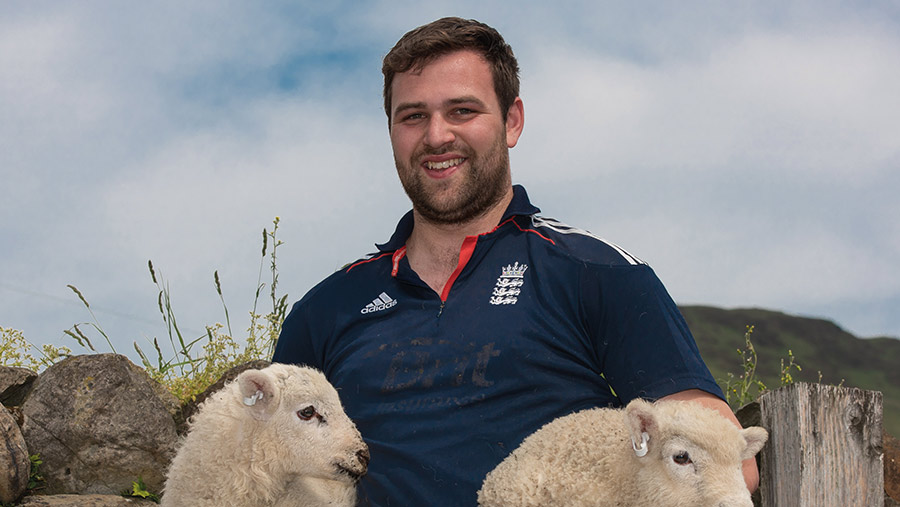Farmer Focus: Time will tell if we need to flush sheep
 Patrick Morris-Eyton © John Eveson
Patrick Morris-Eyton © John Eveson It’s been quite a month here at Beckside. We have just taken on a tenancy nearby, which will allow us to reduce our purchased feed costs. Looking at current feed prices and the forecasts, this will be a very important thing for us.
We are also using the extra land and sheds for youngstock, because last winter we had just enough space at the main farm, but there was no slack in the system.
Now calving has slowed to normal, a bit of pressure has been taken off the team rearing the calves.
See also: How a bespoke calf barn cut antibiotic use and mortality
They have done a great job in the new shed, and the calves have been growing well since we tweaked the ventilation system a little.
The heaters are also set up now, which is good timing because the weather has certainly turned, with barely a dry day in the first half of October.
We have now finished feeding our first-cut silage, which was tricky as it was low in dry matter, but the cows performed well off it.
They are now on a much better silage cut, according to the analysis. As a result, we’ve seen milk solids rise to 4.33% fat and 3.37% protein – the highest we have had them for a sustained time.
Mastitis in the herd has been very low for a while now, and somatic cell counts – 82,000 cells/ml in our latest recording – would suggest we have dealt with the main culprits now we have the herd up to full numbers.
The fell has just been gathered for a pre-tupping sheep dip. The ewes are bouncing fit and look well. They are enjoying a few days with the teaser tups on silage ground, which will flush them a bit.
I’m not sure if that is the right thing to do, because our scanning was plenty high enough last time, at 164% for fell sheep. I suppose time will tell and we will have to learn from it if it is too high.

